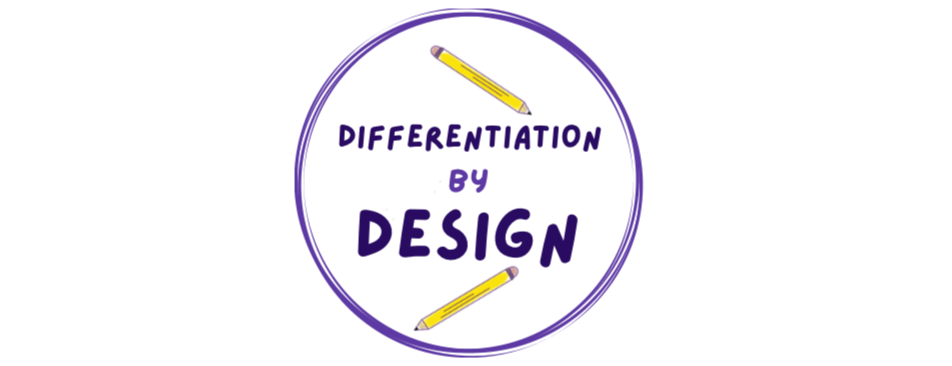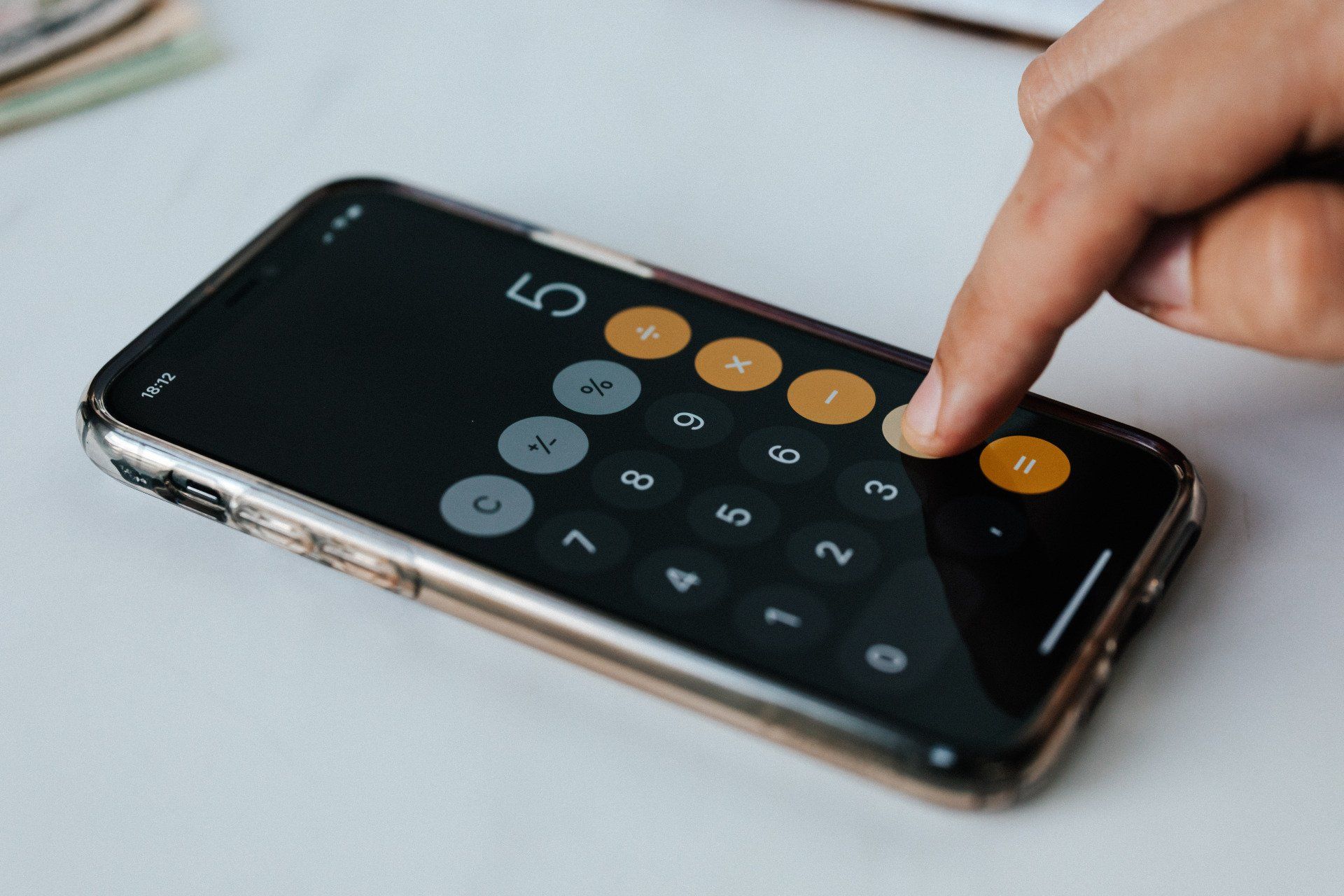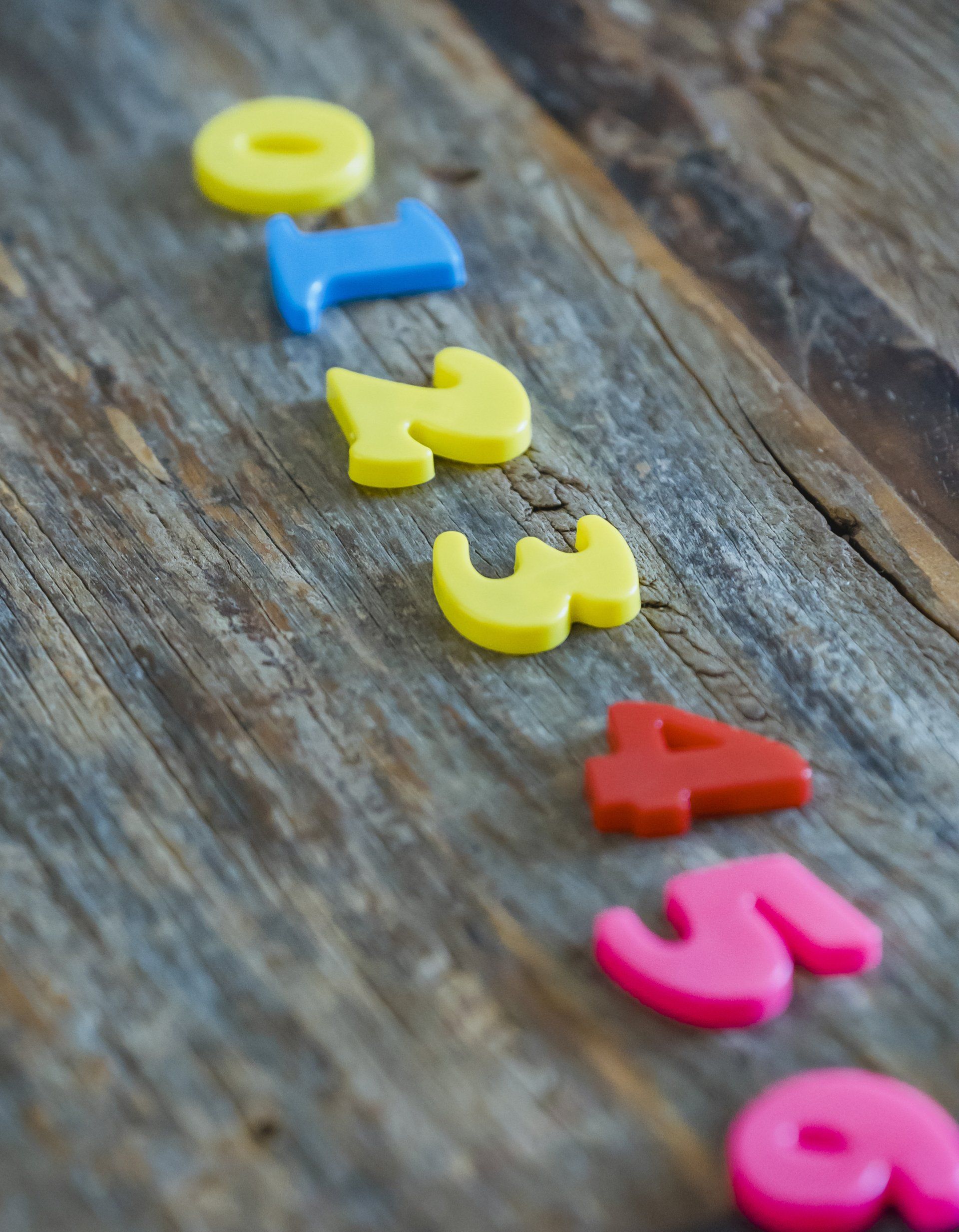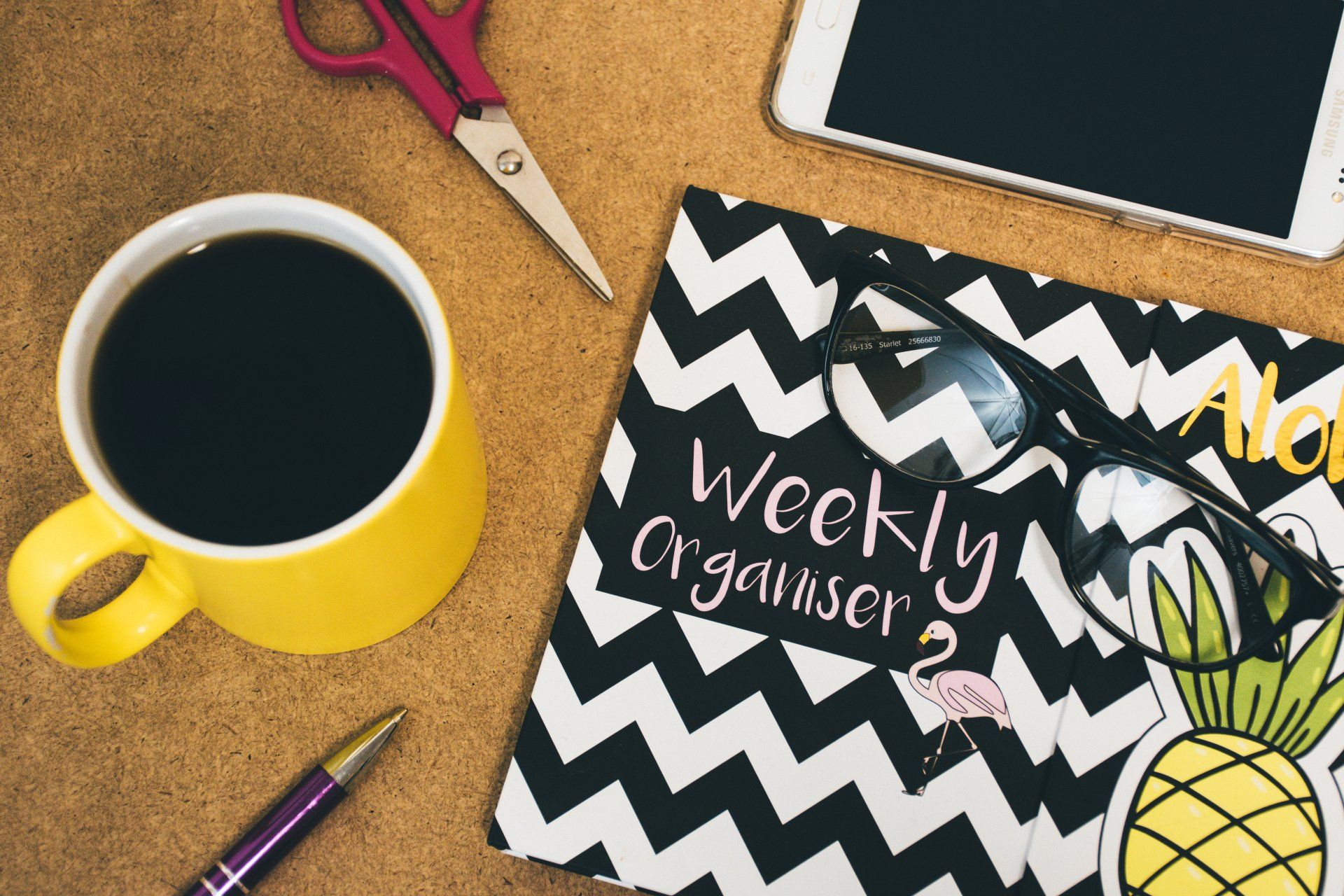Building Multiplication and Division Fluency in an Authentic Way
How can I build fluency without using rote memorization tactics?
When I encourage fluency in students, it is important to me that they don’t simply memorize the facts that they use most often. Something that should be prioritized more in math instruction is the use of efficient strategies to solve a problem.
The reason that students should have fluency in a given mathematical concept is so students can focus their mental energy on more complex problems. While it is ideal for students to be able to recall certain well known facts from memory, we know that this is not possible in all cases for all students. Instead, an alternative may be to prioritize their use of strategies for multiplication and division.
Here are the steps I use when teaching multiplication and division to foster conceptual understanding which will lead to fluency:
- Make the language easy and accessible
- Teach strategies from most “hands-on” to most abstract
- Encourage students to use more abstract strategies when they are ready
The first step in fostering fluency in students is to make the language that they use easy and accessible. For example, when I teach multiplication, I instruct students to say “groups of” instead of times. Thus, 4 x 5 becomes “4 groups of 5.” This helps students easily translate the mathematical symbol for multiplication into terms they are already familiar with. Similarly, I use the term “divided into equal groups” for division. Thus, 20 ÷ 5 becomes “20 divided into 5 equal groups.” The first step in building fluency is to make the language that we use more accessible to students.
The second step in fostering fluency in students is to teach hands-on strategies first, and more abstract strategies later on. I may start with using manipulatives such as blocks or pieces of paper to form groups or arrays. When this becomes simple for students, they may begin using pictures to represent multiplication and division problems. After that, you may find that skip-counting becomes even simpler. Now, when they are required to be independent on a multiplication or division task, you know that they have at least three strategies they can use to get started.
Finally, some students may prefer to stick with a more hands-on approach. It is completely acceptable for students to use more hands-on approaches for as long as they need to, and we should certainly encourage this as much as possible during instruction and in-class assessments. For longer, state assessments, this may not be viable because there are restrictions on the manipulatives and tools our students are allowed to use. In this case, you may need to encourage your students to use some of the more abstract methods such as drawing or skip-counting. As long as the student has one or more strategies to help them with getting started on a multiplication or division problem, they will begin to build fluency through repetition.
We as teachers need to give students the tools to be successful. All students develop at their own time, so we may see significant variations in how these strategies are used throughout the year by different students. Encouraging students to challenge themselves while still giving them tools to be successful is always an important role of an educator.










